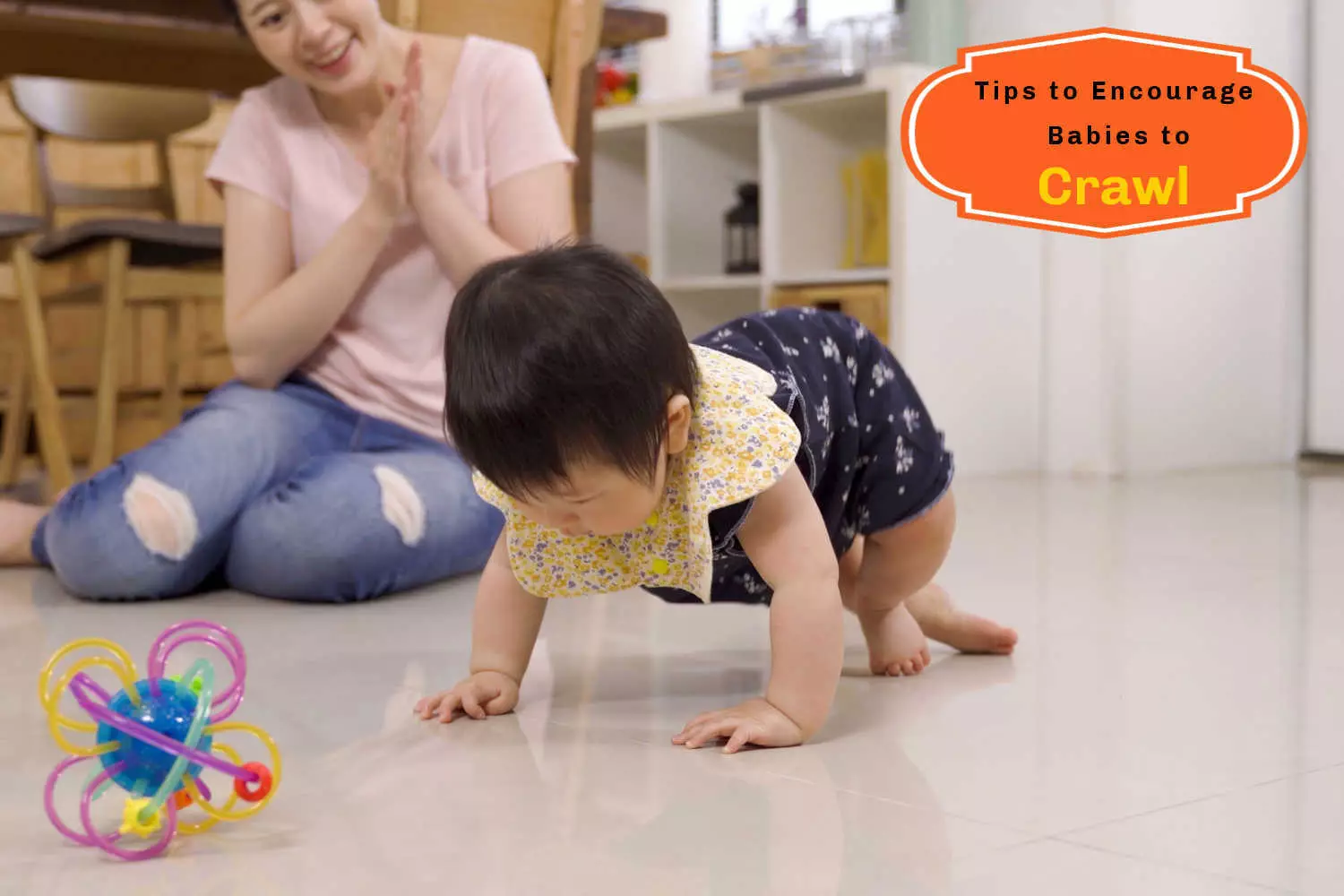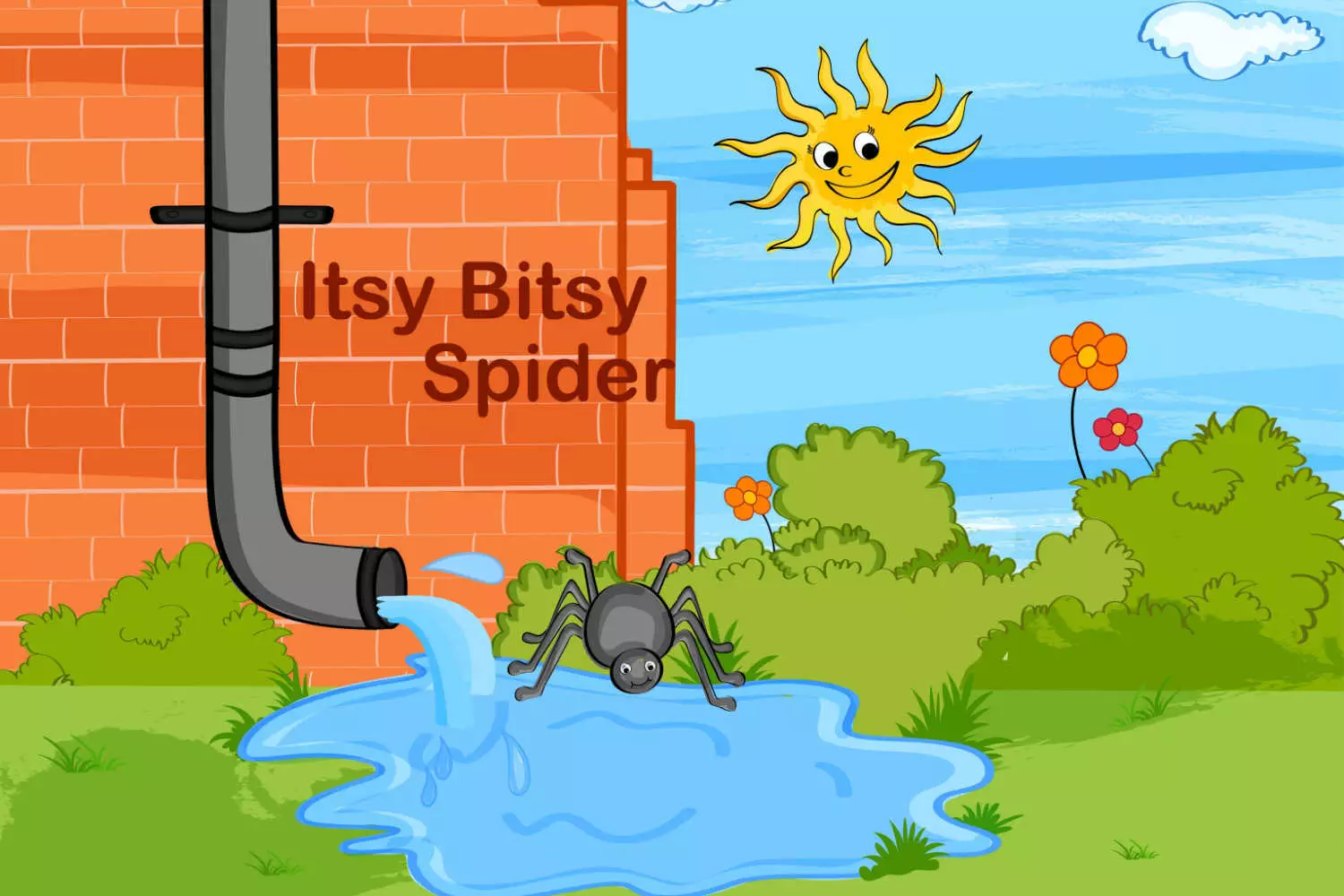
Baby Crying – Causes And Tips to Calm Your Baby
6 min readWritten by Editorial Team


When it comes to babies, not all are the same. Some babies might be easier to deal with while others may not. What suits one may not suit the other. There is one thing common that all babies share which is the tendency of crying. The degree of the sob may vary from one baby to another. For example, say one baby cries for up to 2 hours per day, and the other baby can wail for more than 7-8 hours throughout the day. While baby crying is common, sometimes it can get frustrating for parents and caregivers, especially when the crying doesn’t seem to stop. In this article, we discuss the main possible causes of crying in babies and what you can do about it.
Eat, Sleep, Cry and repeat is the nature of newborn babies. Crying is the first mode of communication for babies who are 3-4 months old and above. The newbie parents need to decrypt the baby’s wants and needs because there is no paraphraser to figure out what the baby is trying to communicate. Let’s find out the causes and ways to soothe the baby.
In This Article
- Why Do Babies Cry?
- Normal Baby Crying vs Colic – What’s the Difference
- How Should You Hold Your Crying Baby?
- What is Self-Soothing?
- When to Teach Your Baby to Self-Soothe?
- How to Teach Your Baby to Self-Soothe?
- Top 5 Tips to Calm Your Baby
- FAQ’s
Why Do Babies Cry?
If your baby is crying, see it as a sign that they need your immediate care and attention. It is a sound that can put you into action even if you’re cooking or sleeping. Crying usually intensifies 6-8 weeks after the birth of the baby. Purple crying in babies is a common phenomenon that can cause parents to get frustrated. This phase is hard for the parents, but it gets better when they identify the underlying patterns and adjust accordingly.
The reasons for a baby crying are as follows.
- Hunger
- Discomfort
- Need for care and attention
- Crankiness
- Dirty Diapers
- Illness
- Trapped air
- Sleepiness
- Teething
- Understimulation or Overstimulation
- Stomach issues like gas or constipation
- Colic
[Read : Top Reasons Why The Baby Is Crying]
Normal Baby Crying vs Colic – What’s the Difference?
Normal crying persists for more than 2-3 hours per day. If your baby cries for more than 6 hours daily, then it is not normal and is considered colic. Colic baby cries are louder, more obvious, and high-pitched than regular crying. It can be very difficult to calm the colic baby.
Certain theories suggest that it happens in some babies due to the following conditions.
- Some babies have different personalities and find it difficult to adjust to the environment while other babies adapt to the changes faster as compared to colic babies.
- Some babies can be sensitive when it comes to stimulation. It is because their nervous system is developing at a slower pace. It gets better with time when babies start to self-soothe themselves and overcome colic.
How Should You Hold Your Crying Baby?

Even though many parents have found ways to calm their little ones, sometimes it can be difficult to calm the baby with pre-defined tips and tricks. There is one holding technique that always works to calm the baby.
1. Hold Technique
This ‘hold’ technique always works to calm the upset baby even in the middle of the night.
How to hold a baby in this technique:
- Support the head and the body.
- Hold the baby at 45 degrees.
- Gently wiggle from the bottom.
2. Reverse Breastfeeding Hold
This is also the best method to calm the wailing baby. It is easy to implement, and it supports their neck and back.
How to hold a baby in this technique:
- When the baby is swaddled, place the palm in front of the diaper.
- Rest the baby on the forearm in such a way that your front portion of the arm and elbow support the head and neck of the baby.
- Bring him/her closer to your body and slightly place his back pressing on your chest.
What is Self-Soothing?
Self-soothing is an emotional and psychological methodology that helps with sleeping habits and managing emotions in babies. It is such a scenario where a baby can calm himself without the help of his parents or caretaker.
This development takes place in babies around 4-6 months. The first change that we can see is that the baby is fast asleep for more than 8 hours at night and can wake up by himself.
Self-soothing is a process, and each baby has its way develop the habit. Every baby is different, what works for one may not work for another and it’s okay. They develop this habit with time.
[Read : When Do Babies Sleep Through The Night?]
When to Teach Your Baby to Self-Soothe?

When your baby turns around 6 months old, you may see some psychological changes in the baby. You see that the baby stops fussing over small things and adapts to his environment. You will also notice that your baby falls to sleep faster, easier, and for a longer duration without feeding. This is a prime time to teach your baby to self-soothe.
How to Teach Your Baby to Self-Soothe?
Teaching your baby how to self-soothe requires a great deal of patience and perseverance because it is long-time progress. There are certain habits that a parent needs to adopt before teaching the children to self-soothe like creating a routine for the baby and developing better sleeping habits.
There are several methods that parents can use to train the baby to self-soothe. These are as follows
- Adopting a broad mindset and a calm approach to teach the baby how to self-soothe.
- Observe and develop a routine for the day-to-day activities of the baby.
- Leave the baby to play on its own and not comfort him right away.
- Put your baby to sleep when he or she is half drowsy.
- Do not feed milk to the baby immediately before bedtime.
- Get a toy that can act as a soother for him.
- Allow your child to get accustomed to the routine that you have developed for the baby.
- Develop healthy sleeping habits.
[Read : How To Teach Your Baby To Self-Soothe?]
Top 5 Tips to Calm Your Baby

Parents are protective of their little musketeer, so they try every way to make their babies comfortable and at ease. They should acknowledge the fact that they cannot be around the baby 24/7 so they must adapt to self-soothe techniques.
However, when you are around you can prefer innumerable ways to calm your baby. The ways to calm your baby are as follows.
- Take the baby for a ride or a stroll. You can also put your baby on a vibrating seat that can set the baby’s mood.
- Do some physical activity like singing or walking with the baby. You can also sing a lullaby to calm your baby in a soothing voice.
- Make sure that your baby is clean and safe from germs and viruses.
- Stand up, hold your baby close to yourself and take calm breaths.
- Make sure that your baby is not hungry and is well fed.
FAQ’s
1. Do All Babies Self-Soothe Easily?
It depends on the baby. Some babies adapt to the changes quickly and try to self-soothe themselves whereas some babies take time to adjust. Babies cannot typically self-soothe themselves and it should not be forced also.
You can identify that your baby has started to self-soothe when your baby is
- Able to calm itself.
- Has started following a healthy sleeping pattern.
- Is accustomed to daily activities.
2. How Old Will My Baby be Before She Learns to Soothe Herself?
When the babies turn around 3-4 months old. Crying is the only mode of communication to indicate that they need their parents’ attention. This is the stage for development for them as they are trying to adjust to their environment. Around 6 months you will see some changes that are propitious for the self-soothing process. This time is beneficial, and parents should take notice of it. This is the time you will realize that your baby is ready for the self-soothing process.
Read Also: Purple Crying in Babies – What it is And Remedies

Editorial Team,
With a rich experience in pregnancy and parenting, our team of experts create insightful, well-curated, and easy-to-read content for our to-be-parents and parents at all stages of parenting.Read more.
Responses (0)
Want curated content sharply tailored for your exact stage of parenting?
Related articles
Sponsored content
Discover great local businesses around you for your kids.
Get regular updates, great recommendations and other right stuff at the right time.











